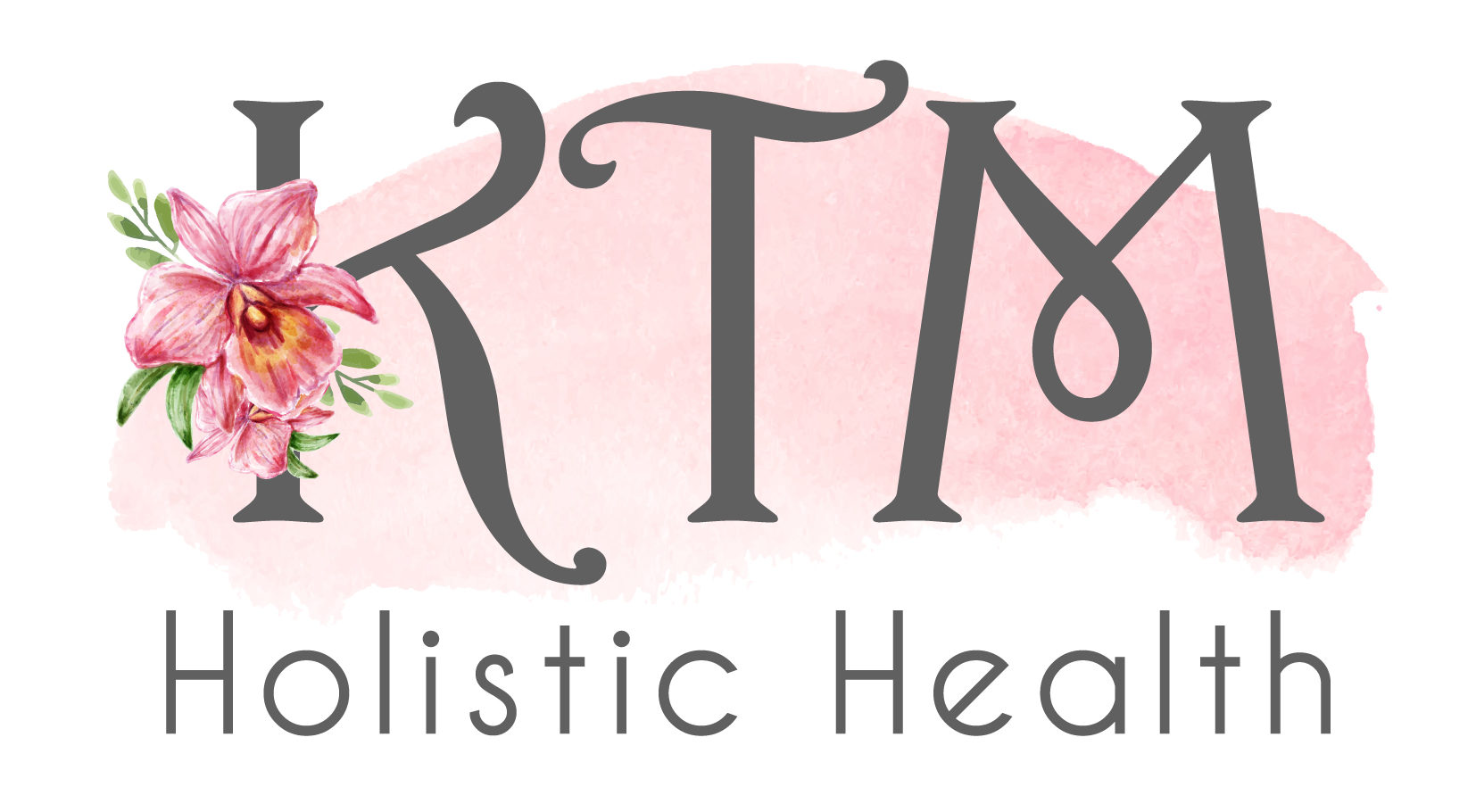A glucometer is an incredibly useful tool to monitor your blood sugar. By understanding your body’s response to different types of foods, you can use the glucometer to optimize your food choices and achieve optimal health.
Please watch the video for the step by step tutorial on how to use a glucometer.
The goal is to optimize your food choices so your blood sugar stays relatively stable without large spikes.
- First, get your fasting blood sugar and record that number. Your target range is 70-90 mg/dL.
- Once you have your meal, record the time and foods you ate. You can use Cronometer.com which will make it easier to see your macronutrient ratio as well.
- One hour after your meal, check your blood sugar. Your target is <140. More ideally, you want to stay within 20-25 mg/dL of your fasting range.
- Two hours after your meal, check again. Your target is <120.
- Four hours after your meal, your target range will be the same as fasting.
Try this with different meals to see what foods keep you most stable. Generally, protein, fat, and carbohydrates in the form of vegetables will keep your blood sugar within target ranges. High carbohydrate meals will generally raise your blood sugar. But we are all different, so it is very important for you to test yourself with the foods you normally eat.
If you want to eat better but don’t cook or know where to begin, I have a free ebook Healthy Homemade Meals the Fast and Simple Way to help you get started.
Video Transcript
Hi, I’m Keiko and I’m a holistic health coach at KTMholistichealth.com. Today, I’m going to show you how to use a glucometer step-by-step, and then I’m going to also show you how to use this tool to optimize your food options to keep your blood sugar stable.
Okay. Let me just show you what I’ve got here. I’ve got a Contour Next EZ Glucometer. I have the test strips. If this is your first strip set, or container, you’ll want to test with your control solution to make sure that it’s good. I’ve got the lancet here, and then a lancet tool, alcohol wipe and gauze, and a sharps container for safe disposal.
Okay. Make sure you wash your hands with soap. We’re going to start setting up your lancet tool. Each one of these will be a little different. I’m using the Care Touch. There’s a groove right here. I’m going to push it in. That’s like a little plunger. I’m going to twist this tip off. This is to keep the needle tip safe. Save this. Put this cap on.
You’ll see one, two, three, four, five, six, seven, eight, nine, 10. You can set it to wherever you’re most comfortable. I’m going to prep my glucometer. You put your test strip, this side in. It’ll automatically turn your glucometer on. While this is getting ready, I’m going to use the alcohol. You’re going to want to use the sides because it’s a little easier to get blood. I’m going to go ahead and wipe. You want to let this dry completely. Okay.
You’re going to poke. There’s a button you push. You’re going to let some blood come out. Whoops. Forgot to get the gauze out first. You’re going to clean it off once. Push more out. Let the glucometer test strip draw it up. There you go. You’ll hear a beep. You give it a few seconds for it to read, give you a reading.
In the meantime, you can eject the needle. You’ll have a little ejector. For safety, make sure to put the little needle in here. Dispose properly in a sharps container. You have your glucometer reading. Now that you know how to use a glucometer, let’s look at your target ranges.
For fasting, which is before you eat anything, you want to be in the 70 to 90 milligram per deciliter. After your meal … One hour after your meal, you want to be under 140 milligrams per deciliter. Two hours, you want to be coming back to about 120 milligrams per deciliter. You can measure again at three hours. I just go ahead and do four hours. At that point, you want to be back to your fasting blood sugar.
The first step in optimizing your food choices is to know how your current meals are affecting your blood sugar. For this you can use cronometer.com. C-R-O-N-O-M-E-T-E-R.com, which is a free tool to help you track what you’re eating and then it’ll be a little easier to correlate with your blood sugar readings.
Step two, you want to start making adjustments in your macronutrient ratios. When we’re talking macronutrient ratios, we’re talking protein, fats, and carbs. You can use your cronometer to help you out and see where you are right now. For example, if you have meat, protein, a little, bit of fat, and carbs in the form of vegetables, that will generally keep your blood sugar pretty stable. If you have a high carb meal, like lots of pasta, that will generally tend to raise your blood sugar. This is something since we’re all unique and different, you’re going to want to use the data on your glucometer, and information you have in your cronometer and figure out what’s best for you.
Now you know how to monitor your blood sugar, and also test different foods you typically eat, to see how they affect you. If you want to eat better, but you’re not really sure how to get started, I have a free eBook called, Healthy Homemade Meals, the fast and simple way to help you get started. That’s free at my website. Please visit my website. The link is below. If you want to learn more about my health coaching services, and how I can help you optimize your health, you can schedule a free discovery call with me, also at my website. If you like this video, please let me know. Thank you for watching. Have a beautiful day.


